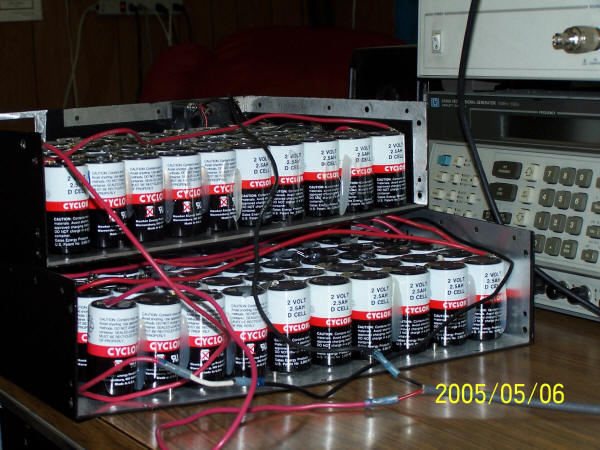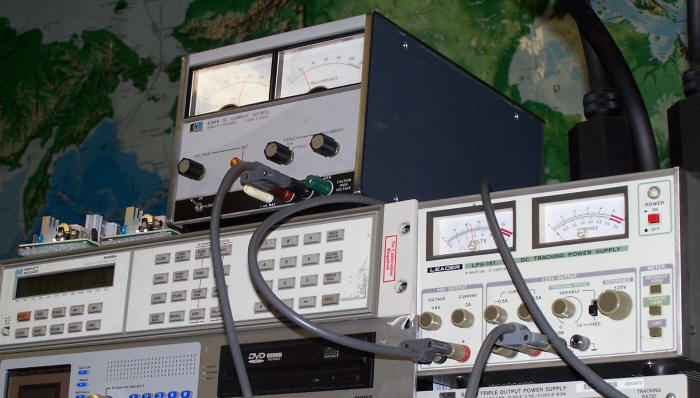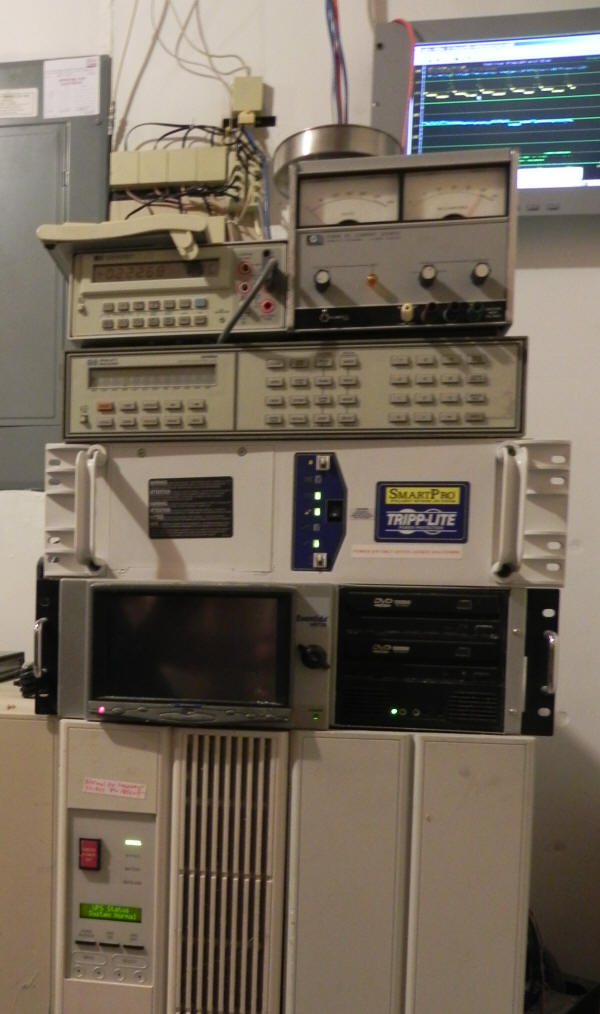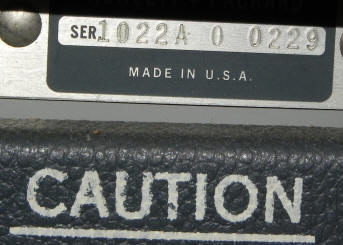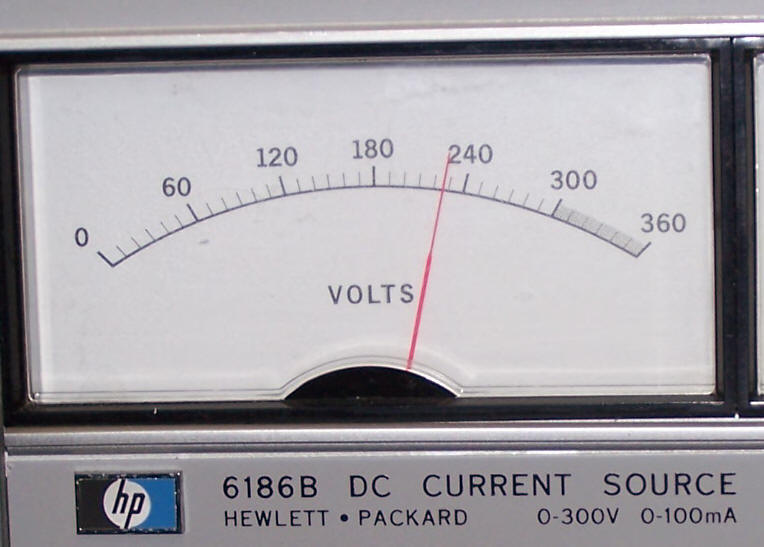

My H-P 6186B was born in the late 1960s and had an undistinguished childhood. But six years ago I bought a Toyota Prius hybrid car and had an idea. That idea, which subsequently proved to be correct, was that I could use electricity from the Prius to run my house during a power failure. Getting to that point made good use of this vintage H-P power supply, and it is still employed, in a slightly altered form, to this day. The Prius uses an internal combustion engine both to move the car and to charge an internal 202V battery. The battery's charge is also used to accelerate the car. My idea was to use the battery to power a large UPS which would be wired to the house electric service. The Prius internal combustion engine would keep the battery charged via its motor/generator during a utility failure. Since the car wouldn't fit in my lab, and I didn't think it a good idea to remove the car's battery to do testing, I built a "Prius battery simulator" using 100 lead-acid cells that I rescued from timed-out and defective battery packs that our service department had replaced. After rejecting the obviously bad cells and connecting 100 "good" ones in series, I connected my H-P 6186B and set the supply to output 100mA, a gentle charging rate for these 2.5AH cells. I performed a number of charge/discharge cycles while carefully monitoring the voltage, first across each string of 10 cells, and then individual cells as indicated. After a while all the high resistance and otherwise unreliable cells were weeded out and I had a battery with a terminal voltage of about 236 V and capable of supplying (very) temporarily about 100 amps, not much less than the Prius itself. This test system was sufficient to do all my UPS testing external to the Prius, with no danger to the car and only a little danger to myself. (No jewelry and one hand in my pocket!) Has the history of my H-P 6186B been "glamorous"? Why yes it has! After using it to condition and charge my simulator, it has been living in the old-age home of the final system, which I call the "PriUPS." (See www.PriUPS.com ) Although it no longer has batteries to charge, it still sports those two beautiful meters! I rewired one to measure the voltage of the batteries in the commercial UPS that powers the house. The second, originally a current meter, has been repurposed to measure the voltage of the Prius battery when it is connected during a power failure. Thus, a quick glance proves that all is operating nominally. And the glamour? Not only has the system appeared in the amateur radio journal QST with the H-P 6186B perched in plain sight, it also appeared in the august New York Times in September 2006. Perhaps I shall ask it for an autograph, or at least for a mild shock.
